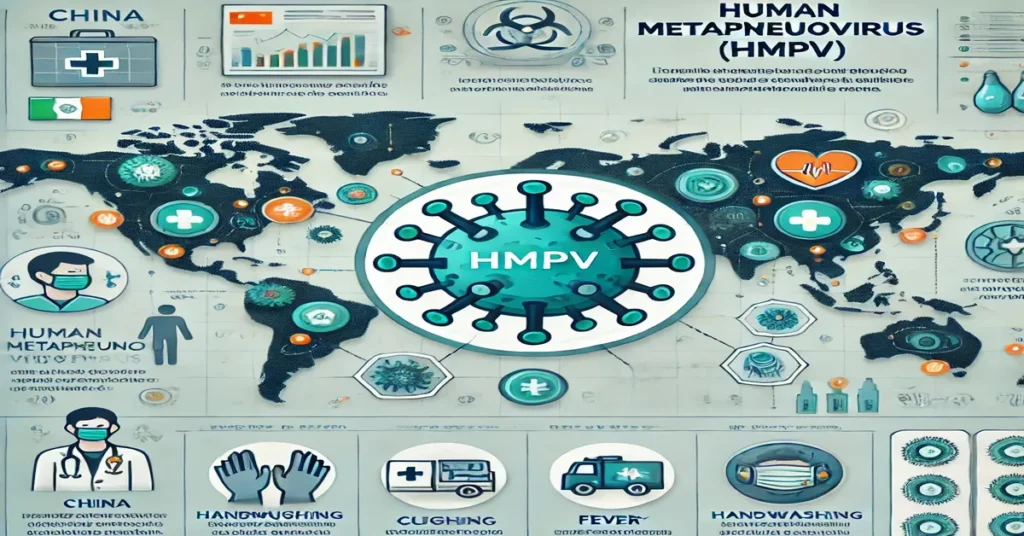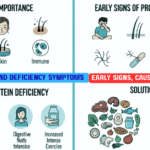Table of Contents
Global HMPV Tracker: Understanding the Spread and Impact of Human Metapneumovirus
Global HMPV Tracker: The recent detection of Human Metapneumovirus (HMPV) in China has ignited worldwide attention. This respiratory illness, exhibiting flu-like symptoms akin to Covid-19, has led countries to bolster their health monitoring systems. While the situation is under close surveillance, understanding the characteristics and spread of HMPV is critical for public health preparedness.

HMPV and Its Global Implications
HMPV, a virus causing upper and lower respiratory tract infections, has drawn comparisons to seasonal illnesses like influenza and respiratory syncytial virus (RSV). Its resurgence in China underscores the importance of recognizing seasonal patterns associated with respiratory viruses. Though not new, its recent prominence raises questions about its potential impact on global health.
The Centers for Disease Control and Prevention (CDC) notes that HMPV affects individuals of all age groups. However, its effects are most severe in vulnerable populations, including young children, the elderly, and those with weakened immune systems. With flu-like symptoms such as fever, cough, and difficulty breathing, it shares clinical features with other respiratory illnesses, sometimes complicating diagnosis.
HMPV Cases in India
India has not remained untouched by the HMPV threat. On Monday, Bengaluru reported two cases of the virus: a 3-month-old infant who has since been discharged and an 8-month-old child currently recovering. Notably, neither case had a history of international travel, indicating local transmission.
The Union Health Ministry has assured the public that there is no immediate cause for alarm. Nevertheless, these cases highlight the importance of vigilance and the need for robust healthcare infrastructure to identify and manage emerging infections.
How Does HMPV Spread?
HMPV is primarily transmitted through respiratory droplets, direct contact with infected individuals, or contact with contaminated surfaces. The incubation period typically ranges from 4 to 6 days, and the virus can spread before symptoms appear, making containment challenging.
Preventive measures like frequent handwashing, wearing masks in crowded places, and maintaining respiratory hygiene can significantly reduce the risk of transmission. For vulnerable groups, such as young children and the elderly, extra precautions are advised.
Why HMPV Resembles Covid-19
The flu-like symptoms of HMPV—including fever, cough, fatigue, and shortness of breath—can mimic Covid-19, potentially leading to confusion in diagnosis. The similarity underscores the necessity for comprehensive diagnostic testing to differentiate between these respiratory illnesses.
Additionally, like Covid-19, HMPV can lead to severe respiratory complications in at-risk populations. Early detection and timely medical intervention are essential to prevent complications and improve outcomes.
Global and Local Surveillance Efforts
Globally, health authorities are intensifying surveillance to track HMPV’s spread. Countries are leveraging lessons learned from the Covid-19 pandemic to enhance diagnostic capabilities and response frameworks. In India, local health departments and the Union Health Ministry are closely monitoring developments and ensuring readiness to address potential outbreaks.
What Can You Do to Stay Safe?
Awareness and preventive actions are crucial in managing HMPV. Here are some key steps you can take:
- Practice Good Hygiene: Wash your hands regularly with soap and water for at least 20 seconds.
- Avoid Crowded Spaces: Limit exposure to crowded places, especially during peak respiratory illness seasons.
- Stay Updated: Follow health advisories and updates from credible sources.
- Seek Medical Attention: If you or your loved ones exhibit severe respiratory symptoms, consult a healthcare professional promptly.
Looking Ahead
While the emergence of HMPV in China and isolated cases in India have raised concerns, it is crucial to approach the situation with informed caution rather than panic. Strengthening global and local healthcare systems, promoting awareness, and adopting preventive measures will be key to mitigating the impact of HMPV.
As the world continues to recover from the Covid-19 pandemic, the lessons learned serve as a valuable foundation for tackling emerging health challenges like HMPV. With coordinated efforts, we can effectively navigate the complexities of this respiratory illness and safeguard public health.


